5 Best Colored Pencils for Blending in 2025

In the world of colored pencils, the ability to blend colors seamlessly is a game-changer. Mastering this skill can elevate your artwork to new heights, allowing you to create rich, realistic, and captivating pieces.
That's why in this article, I have carefully curated a list of the top 5 best blending colored pencils, handpicked to help you unlock your full artistic potential and create breathtaking masterpieces. So let's dive right in!
Disclaimer: In the name of full transparency, please be aware that this blog post contains affiliate links and any purchases made through such links will result in a small commission for me (at no extra cost for you).
What are The Best Blending Colored Pencils?
1. Caran d'Ache Luminance Colored Pencils

As someone who has a lot of experience with colored pencils, I can confidently say that Caran d'Ache Luminance colored pencils are among the finest in the industry. They are renowned for their superior lightfastness and professional quality, making them a favorite among artists and illustrators alike. These Swiss-made pencils boast an impressive range of colors, with a smooth, creamy texture that allows for seamless blending and layering.
What Other People Think
A majority of artists who have tried Caran d'Ache Luminance colored pencils are impressed by their performance. They often mention the pencils' exceptional color vibrancy and the ease with which they can be used to create stunning artwork. Some users, however, find the price point to be on the higher side, which may make them less accessible to beginners or those on a tight budget.
Why I Think They're Good
In my experience, Caran d'Ache Luminance colored pencils offer unparalleled quality when it comes to lightfastness and pigment intensity. The pencils' high wax content allows for smooth application, and their strong leads make them resistant to breakage. Overall, I believe that their performance justifies the price, especially for professionals and serious art enthusiasts.
You can read my full review of the Caran d'Ache Luminance here.
Pros and Cons
| Pros | Cons |
|---|---|
| Exceptional lightfastness | Expensive |
| Vibrant, rich colors | May not be suitable for beginners or those on a budget |
| Smooth, creamy texture for easy blending and layering | Limited availability in some regions |
| Strong leads resistant to breakage | |
| Wide color range |
In conclusion, Caran d'Ache Luminance colored pencils are undoubtedly a high-quality, professional-grade product that delivers outstanding results. While their price may be a deterrent for some, those who invest in these pencils will find themselves rewarded with a top-of-the-line artistic experience.
2. Derwent Chromaflow Colored Pencils
As a seasoned colored pencil enthusiast, I can attest to the impressive quality of Derwent Chromaflow colored pencils. These British-made pencils are known for their smooth application, vibrant colors, and excellent blending capabilities. Designed with a velvety soft core, they glide effortlessly across the paper, making them a pleasure to work with for both professionals and hobbyists.
What Other People Think
Many artists who have used Derwent Chromaflow colored pencils praise their consistent performance and ease of use. They often highlight the pencils' rich pigmentation and the smooth application that allows for seamless blending and shading. Some users, however, may find the color range to be somewhat limited when compared to other high-end pencil lines.
Why I Think They're Good
I believe that Derwent Chromaflow colored pencils offer remarkable quality in terms of smoothness, pigmentation, and blendability. The pencils' soft cores make them easy to work with, while their strong leads are resistant to breakage. The color range, although somewhat limited, is well-balanced and suitable for a wide variety of artistic applications.
Pros and Cons
| Pros | Cons |
|---|---|
| Smooth, velvety application | Somewhat limited color range |
| Vibrant, rich pigmentation | May not be as lightfast as some other high-end pencil brands |
| Excellent blending capabilities | Limited availability in some regions |
| Strong leads resistant to breakage | |
| Suitable for both professionals and hobbyists |
In summary, Derwent Chromaflow colored pencils are a fantastic choice for artists seeking a high-quality pencil that offers a smooth and enjoyable drawing experience. Despite a slightly limited color range and potential lightfastness concerns, these pencils provide exceptional value and are well worth considering for both professionals and enthusiasts alike.
3. Prismacolor Premier Colored Pencils
As an experienced colored pencil user, I am happy to share my thoughts on Prismacolor Premier colored pencils. These American-made pencils have long been a staple among artists and illustrators due to their soft, wax-based cores, vibrant colors, and exceptional blending capabilities. They offer a wide range of hues, making them suitable for various artistic applications.
What Others People Think
Many artists who have used Prismacolor Premier colored pencils speak highly of their performance. Users often praise their creamy texture, which allows for effortless blending and shading. Some, however, express concerns regarding lead breakage and the occasional inconsistency in quality control.
Why I Think They're Good
In my opinion, Prismacolor Premier colored pencils offer a remarkable balance of quality and affordability. Their soft, wax-based cores enable smooth application and seamless blending, while their extensive color range allows for versatility in artistic expression. Although some users have experienced issues with lead breakage and inconsistent quality, I find that proper care and sharpening can mitigate these concerns.
Pros and Cons
| Pros | Cons |
|---|---|
| Creamy texture for easy blending and shading | Occasional lead breakage and quality control issues |
| Vibrant, rich pigmentation | Not as lightfast as some other high-end pencil brands |
| Extensive color range | May require more frequent sharpening due to soft core |
| Affordable compared to other high-quality pencils | |
| Suitable for both professionals and hobbyists |
In conclusion, Prismacolor Premier colored pencils are an excellent choice for artists seeking high-quality, affordable colored pencils with outstanding blending capabilities. While there may be some concerns regarding lead breakage and quality control, with proper care and attention, these pencils can provide a satisfying artistic experience for professionals and enthusiasts alike.
4. Derwent Lightfast Colored Pencils
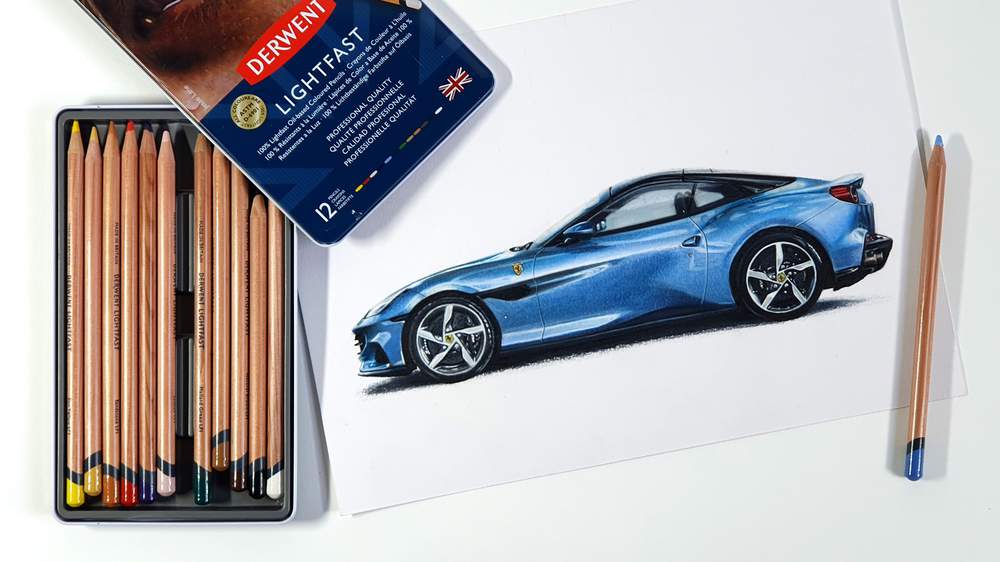
As someone with extensive experience using colored pencils, I can confidently share my perspective on Derwent Lightfast colored pencils. These British-made pencils are known for their exceptional lightfastness, making them a top choice for artists who require long-lasting, fade-resistant artwork. With their oil-based cores, they deliver vibrant colors and smooth application, suitable for a variety of creative projects.
What Other People Think
Many artists who have used Derwent Lightfast colored pencils appreciate their outstanding lightfastness and performance. Users often commend their rich pigmentation, smooth application, and ease of blending. However, some may find the color range to be slightly limited, especially when compared to other high-end colored pencil lines.
Why I Think They're Good
In my experience, Derwent Lightfast colored pencils offer exceptional quality in terms of lightfastness, pigmentation, and blendability. Their oil-based cores allow for smooth application and resistance to breakage, while their strong leads make them easy to work with. Although the color range may be somewhat limited, the available hues are well-balanced and suitable for various artistic applications.
You can read my full review of the Derwent Lightfast here.
Pros and Cons
| Pros | Cons |
|---|---|
| Exceptional lightfastness | Somewhat limited color range |
| Vibrant, rich pigmentation | Higher price point compared to some other brands |
| Smooth application and easy blending | Limited availability in some regions |
| Strong leads resistant to breakage | |
| Suitable for professional artists and serious hobbyists |
In summary, Derwent Lightfast colored pencils are an excellent choice for artists seeking high-quality, lightfast pencils that provide vibrant colors and smooth application. While the color range may be somewhat limited and the price point is higher than some other brands, the exceptional performance and longevity of these pencils make them a worthwhile investment for professionals and dedicated enthusiasts alike.
5. Derwent Coloursoft Colored Pencils

As a seasoned colored pencil user, I am happy to provide insights on Derwent Coloursoft colored pencils. Manufactured in the UK, these pencils are known for their velvety soft cores, offering a smooth application and rich, vibrant colors. They are particularly well-suited for artists who enjoy blending and creating gradients, making them an excellent choice for a wide range of creative projects.
What Other People Think
Many artists who have used Derwent Coloursoft colored pencils praise their performance, specifically their softness and ease of blending. Users often mention the pencils' rich pigmentation and smooth application, which allow for seamless shading and layering. Some, however, might find that the soft cores can lead to more frequent sharpening, and the lightfastness may not be as high as in some other premium pencil lines.
Why I Think They're Good
In my opinion, Derwent Coloursoft colored pencils offer a remarkable balance of softness, pigmentation, and blendability. Their velvety cores make them easy to work with, providing smooth application and seamless blending. While their lightfastness might not be as high as other premium pencils and the soft cores may require more frequent sharpening, their performance and color range are still impressive.
You can read my full review of the Derwent Coloursoft here.
Pros and Cons
| Pros | Cons |
|---|---|
| Velvety soft cores for smooth application | Soft cores may require more frequent sharpening |
| Rich, vibrant pigmentation | Lightfastness may not be as high as in some other premium pencil lines |
| Excellent blending capabilities | Limited availability in some regions |
| Wide color range | |
| Suitable for both professionals and hobbyists |
In conclusion, Derwent Coloursoft colored pencils are an excellent choice for artists who appreciate soft cores and exceptional blending capabilities. While there may be some concerns regarding lightfastness and the need for more frequent sharpening, their overall performance and color range make them a satisfying option for professionals and enthusiasts alike.
What makes a colored pencil good for blending?
A colored pencil that is good for blending typically has a soft, creamy core with high-quality pigments. This allows the colors to be easily mixed and layered, creating smooth gradients and transitions. The pencil's composition, which can be either wax-based or oil-based, can also influence the blending capabilities.
Are oil-based or wax-based colored pencils better for blending?
Both oil-based and wax-based colored pencils can be excellent for blending, but they offer different characteristics. Wax-based colored pencils generally provide a smoother, creamier texture, making it easier to blend and layer colors. Oil-based colored pencils, on the other hand, offer a firmer core, which can result in more precise and controlled blending. Ultimately, the choice between the two types will depend on your personal preference and artistic style.
I've made a more in-depth comparison between these two types of colored pencils you can check out.
How do you blend colored pencils effectively?
There are several techniques for blending colored pencils effectively. Some of the most popular methods include:
- Layering: Gently apply multiple layers of colors, gradually building up the intensity and blending the colors together as you go.
- Burnishing: Use a colorless blender or a light-colored pencil to apply pressure over the colored area, effectively pushing the pigment into the paper and creating a smooth, blended surface.
- Solvent blending: Apply a small amount of solvent, such as odorless mineral spirits or rubbing alcohol, to a brush or cotton swab and gently blend the colored pencil layers, creating a smooth, painterly effect.
You can read more about blending in this article about how to blend colored pencils.




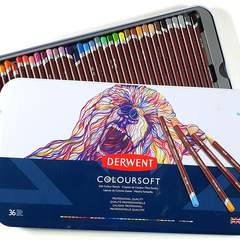

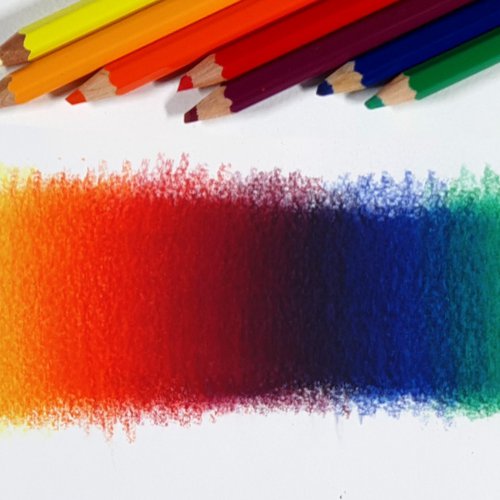

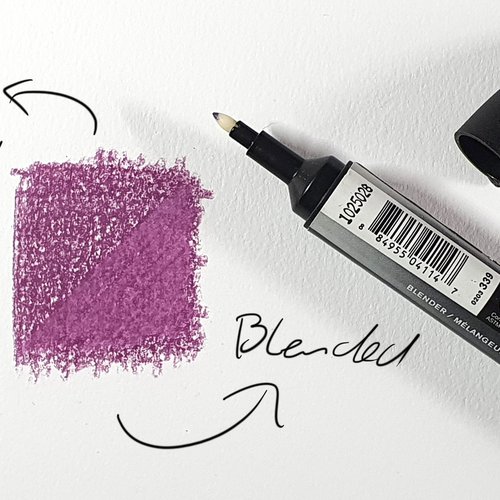
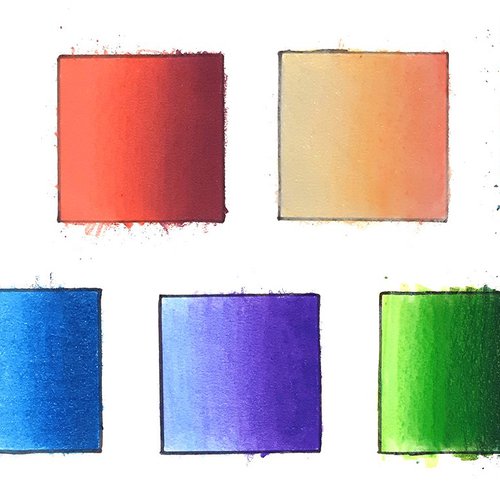



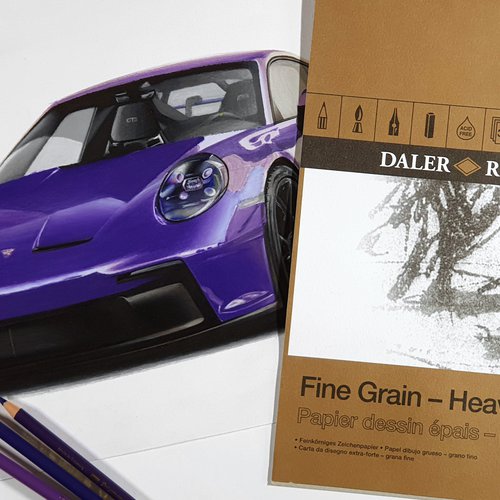


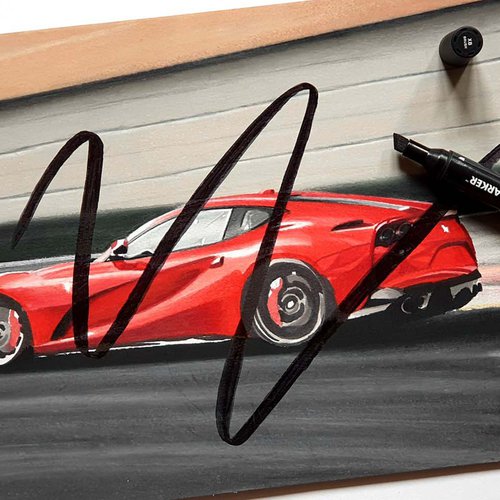




Add a comment
Comments
well written, clear information, great photos, excellent recommendations. Thank you for all this great information.